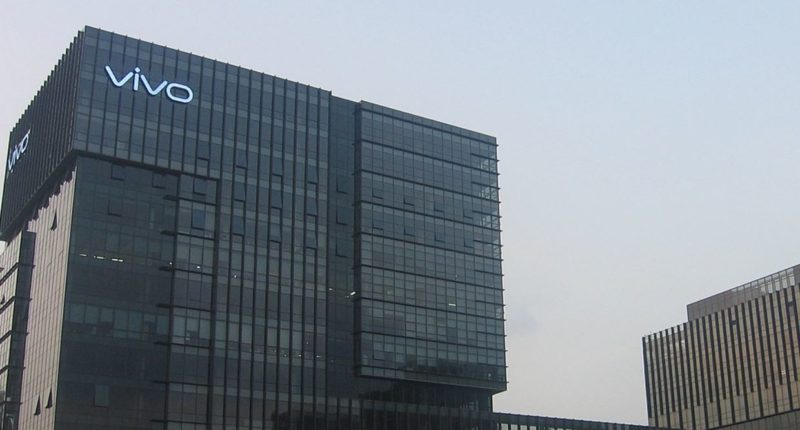If you live in India, chances are that at one point or another, you or a family member owned a Samsung smartphone. Samsung was the MVP in the Indian smartphone market, not very long ago, with its artistically designed smartphones and exceptional display quality. However, with the advent of more companies in the country, especially from its neighbour China, Samsung is finding it difficult to maintain its spot.
In Q4 2019, Samsung dropped a space on the table, ending up third on the list of number of phones sold. It was taken over by Vivo, a chinese company that brings forth exceptional devices at less than half the price. However, Xiaomi maintained its position at the top of the table for the tenth consecutive quarter, with a 27% share in the market. Vivo ended up with 21% while Samsung only managed to secure 19% of the market.
Vivo’s market share jumped by an exceptional 132% from Q4 2018 to Q4 2019. The company’s sensibly priced S series’ launch in offline stores helped it beat Samsung, according to a research firm named Counterpoint.
Realme, a 2 year old company part of the Oppo-parent BBK Electronics group, secured the fifth position. Oppo managed to be fourth with both companies securing 8% and 12% market shares respectively. Vivo too comes from BBK, thus virtually making BBK Electronics the leader of Indian smartphnone market. Another popular BBK brand is OnePlus. Realme followed Xiaomi’s playbook religiously, focusing on low costing smartphones and the strategy seemed to have worked very well in its favour.
India is one of the rare countries where the smartphone market is still growing. Analysts are expecting the industry to make a comeback owing to the advent of 5G but the market had been struggling, except for in India where it has been growing ever since. Infact, Xiaomi announced last September that the company has shipped a 100 million smartphones in the country.
However, the lowest GDP growth in years is making its effect on the market, which only grew by 8.9% this year as opposed to the 10% last year.
The Tech Portal is published by Blue Box Media Private Limited. Our investors have no influence over our reporting. Read our full Ownership and Funding Disclosure →







2 comments
Comments are closed.